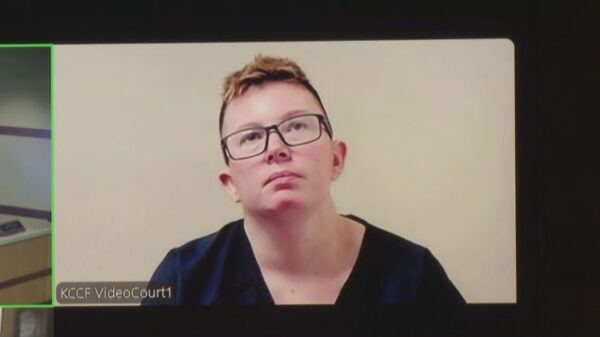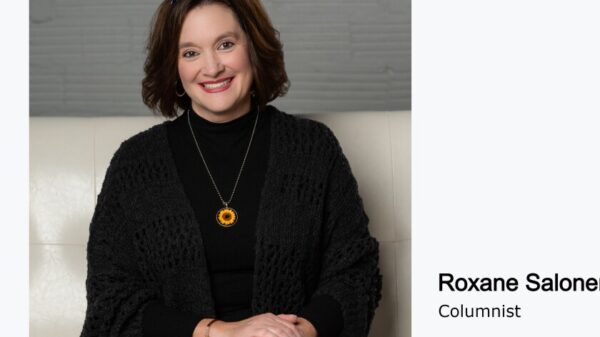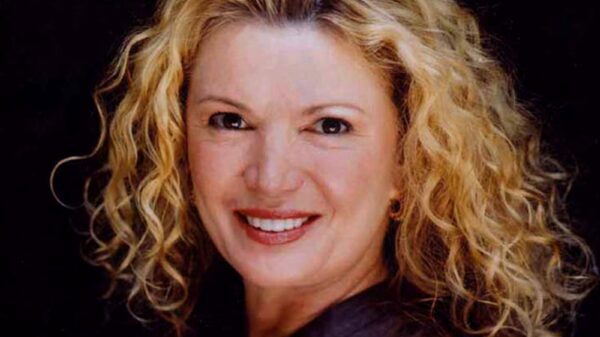A neighbor’s hoarding behavior is raising significant fire safety concerns, while a family is grappling with strained relationships following a diagnosis of Alzheimer’s. These situations highlight the complex emotional and safety dilemmas individuals face in their communities and families.
Hoarding and Fire Hazards: A Community Concern
A resident expressed deep concern about her neighbor, a man described as a hoarder, whose property is cluttered with numerous boxes and items obstructing walkways. The accumulation of these materials not only diminishes the aesthetic of the neighborhood but also poses a serious fire risk. Blocked entrances and exits can hinder emergency responders during critical situations. According to experts, homes with hoarding tendencies often face increased fire hazards, risking the safety of both residents and nearby homes.
The worried neighbor is apprehensive about reporting the situation to authorities, fearing that her neighbor might suspect her involvement. Nevertheless, she understands that the potential danger of a fire outweighs her concerns about personal repercussions. Emergency services often have personnel trained to deal with hoarding situations, highlighting the importance of intervention before a tragedy occurs.
Experts emphasize that community members must prioritize safety. If the hoarding poses a risk, contacting local authorities is crucial to prevent potential disasters. While it may be uncomfortable, the welfare of the entire community should take precedence over personal anxieties about neighborly relations.
Family Dynamics and the Impact of Alzheimer’s
In a separate but equally poignant matter, a woman shared her struggles with her sister following her husband’s diagnosis of Alzheimer’s. For nearly three years, the sister has distanced herself, communicating only sporadically despite a previously close relationship characterized by weekly phone calls. The estrangement began after the woman disclosed her husband’s condition, leading to her sister’s withdrawal and criticism.
Despite the emotional toll, the woman has shown remarkable patience and forgiveness, responding to her sister’s recent letter asking for forgiveness. However, the lack of clarity regarding the reasons for the rift remains unresolved, leaving the woman feeling uncertain about how to restore their relationship. Speculation about her sister’s motivations, possibly linked to their mother’s past battle with Alzheimer’s, adds another layer of complexity.
As the woman contemplates rekindling their connection, she is cautious about risking further rejection. The emotional impact of this strained relationship weighs heavily on her, and she seeks guidance on how to navigate this difficult terrain. Communication, boundaries, and emotional health are critical considerations in her quest to mend the bond.
R. Eric Thomas, an advice columnist, encourages individuals in similar situations to assess their emotional needs carefully. He suggests taking the risk to ask for what one wants, but with the understanding that the other party may not be capable of providing it. Establishing emotional boundaries is essential, ensuring that one does not feel responsible for another’s grievances or perceptions.
Ultimately, both the concerns about the neighbor’s hoarding and the familial estrangement serve as reminders of the complicated interplay between safety, health, and human relationships. Individuals facing such dilemmas must weigh their options thoughtfully, prioritizing both their well-being and that of those around them.






































































